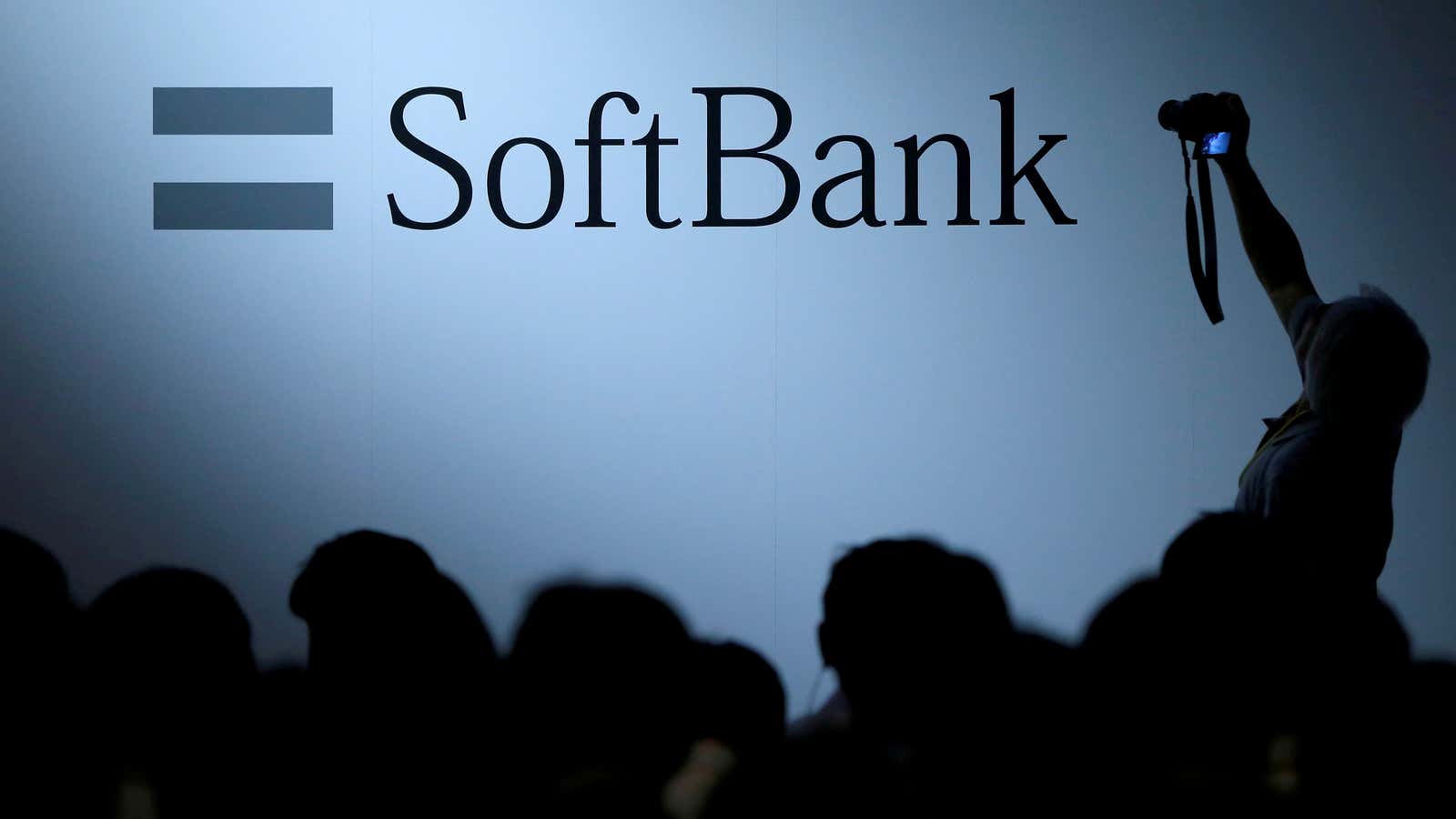After oscillating between exuberance and a lull over the last few years, 2017 turned out to be a period of balance for India’s startup ecosystem.
The year started with a bang as the country’s biggest unicorn (a privately held company valued at over $1 billion), Flipkart, got its first non-founding CEO in January and the company’s rival Snapdeal imploded in February. But the rest of the year went by without much fireworks.
“It’s been a relatively sane year,” said Kartik Hosanagar, Wharton professor of technology, digital business, and marketing. “Prior years have been marked by funding frenzies or droughts. The startup ecosystem needed to return to fundamentals and it appears that is finally happening.”
One player, however, emerged as a gamechanger with its new and improved strategy: Japanese investment giant Softbank, which made massive bets on three unicorns in the country, besides backing other mid-sized startups.
2017: a look back
In terms of funding, 2017 was better than the last three years.
As on Dec. 07, Indian internet businesses had raised a total of $9.9 billion (Rs63,695 crore). This is 125% higher than the $4.4 billion plowed into the sector in 2016, a funding-drought year for startups globally.
Despite the sharp rise in fund inflows this year, the number of such deals and companies that received investments was far lower than in 2016 because a major chunk of the money went to a handful of unicorns.
For instance, e-commerce major Flipkart raised around $3 billion in two rounds, and digital payments unicorn Paytm raised $1.4 billion in May.
Unicorns topped the list of the most-funded internet companies in India this year, according to data from Tracxn.
Four of these top-funded companies of 2017 have one investor in common: Masayoshi Son-led Softbank.
Softbank 2.0
After burning its fingers with some poor investment decisions over the last few years, Softbank resurrected itself in India in 2017.
The group displayed a marked shift in its strategy by going after bigger and more established players, rather than the early-stage startups it was backing so far.
Source: Tracxn
The reason for this shift could be the change in the group’s leadership.
Softbank’s investments in India were headed by president Nikesh Arora before he resigned in June 2016 due to differences with founder and CEO Son about the latter’s succession plans. Arora was replaced by Ken Miyauchi, who was earlier the head of the group’s Japanese telecom operations.
“Softbank’s investments in well-established and later-stage unicorns seem to be a significant deviation from its strategy of betting on unexplored, early-stage Indian companies in the previous years,” noted Anindya Ghose, the Heinz Riehl professor of business at New York University’s Stern School. “When Nikesh Arora exited, there were questions whether the Japanese conglomerate Softbank could remain the most dominant player in (the) Indian startup ecosystem (the third-biggest in the world). But it is not clear if his exit has had any impact.”
Another boost to the group’s investment in India came from the Softbank Vision Fund, a $100 billion tech fund launched by Softbank Corp and Saudi Arabia’s sovereign wealth fund in May 2017. The London-based fund is headed by India-born Rajeev Misra and has invested over $6 billion in the country so far.
2018 outlook
The coming year is likely to be more about innovation and technology than about funding rounds, analysts believe.
With enough money in the bank, the unicorns are likely to focus on utilising technologies like artificial intelligence (AI), and wearable devices to improve their offerings. New enterprises are also likely to focus on them to bring unique value propositions to the market.
“I will keep an eye out on startups that focus on various applications of AI, for example, in healthcare, banking, and education sectors,” Ghose said. “I will also look out for startups that can use data from wearable devices to advance the treatment of chronic diseases, startups that use facial recognition for basic security, those that use deep learning for image processing, startups focusing on the internet of things, cloud technologies and the intersection of telecom players and ad-tech.”
Another sector that could see a boom in 2018 is digital media. With the internet becoming cheaper in the country, users are consuming online content like never before and the trend is likely to accelerate going forward, Hosanagar said.
But even as these new technologies emerge, sectors like e-commerce and ride-hailing will continue to be eventful. These established players are likely to look at acquisitions to give a boost to their revenues. This consolidation has already begun with Ola’s acquisition of food delivery firm Foodpanda’s India business earlier this week. Flipkart is also reportedly eyeing acquisitions to win the fierce battle with its American rival Amazon.
The ride-hailing market will also take a curious turn in 2018 as Ola’s biggest investor Softbank is eyeing a big investment in its rival Uber.
